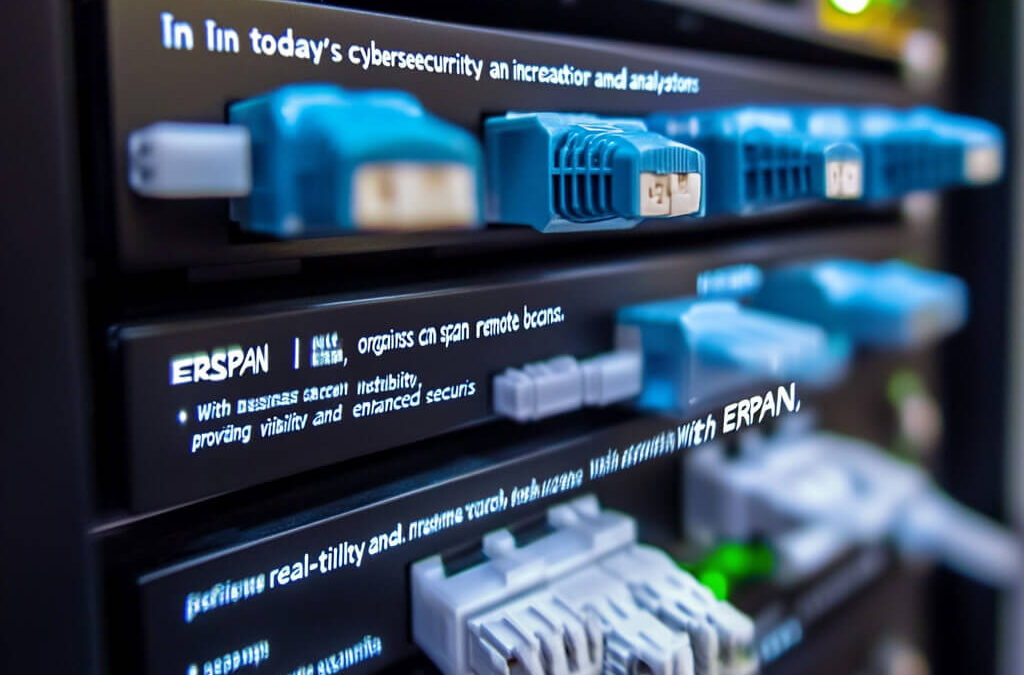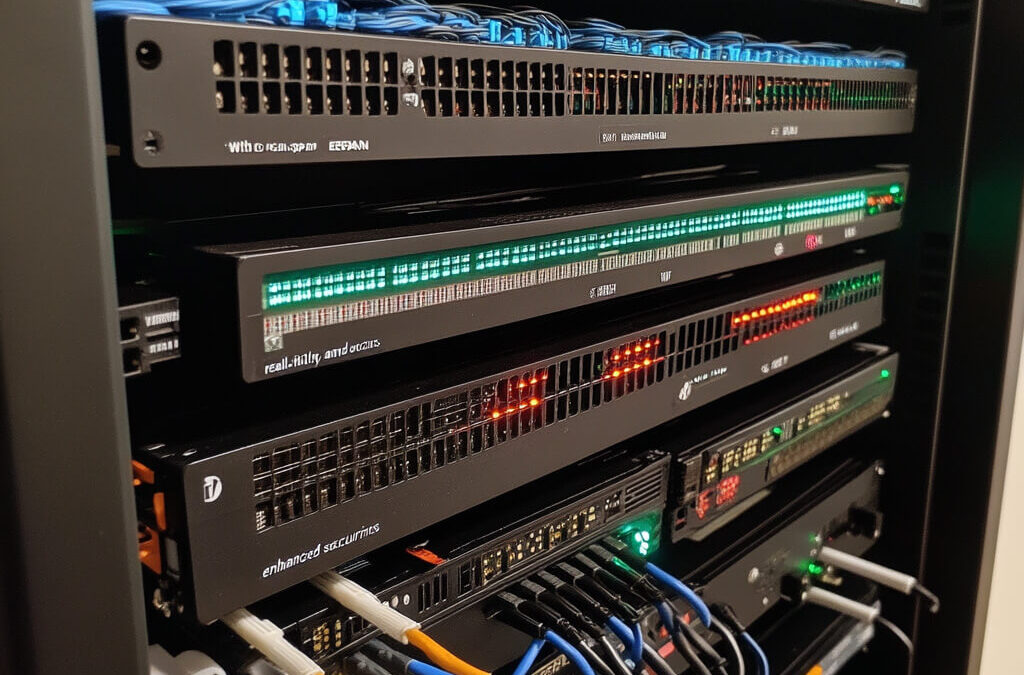In the digital age, cybersecurity is not just a necessity but a critical component of any organization’s IT infrastructure. With the increasing incidence of cyber threats, the need for advanced tools to monitor, analyze, and thwart potential attacks is more pressing than ever. One such tool that stands out in the realm of cybersecurity is Wireshark, a renowned network protocol analyzer that offers deep insights into network traffic. This blog delves into how Wireshark can be leveraged to bolster cybersecurity efforts, offering a detailed guide for IT professionals and cybersecurity enthusiasts.
Understanding Wireshark: The Premier Network Protocol Analyzer
Wireshark is an open-source tool that captures and analyzes packets of data on a network. It provides a microscopic view of network activities, presenting the data in a comprehensible format for network administrators and cybersecurity experts. By dissecting the data packets, Wireshark reveals invaluable information about the network’s operational aspects, potential vulnerabilities, and ongoing threats.
The Role of Wireshark in Cybersecurity
Real-Time Data Packet Analysis
Wireshark’s ability to capture and analyze data packets in real-time is instrumental in identifying and responding to threats promptly. By monitoring network traffic, cybersecurity professionals can detect anomalies that may signify a breach or an impending attack, enabling them to take immediate action to mitigate potential risks.
Network Troubleshooting and Optimization
Beyond its utility in cybersecurity, Wireshark is an excellent tool for network troubleshooting. It assists in pinpointing network problems, from minor issues affecting performance to significant disruptions. By analyzing traffic flow and packet details, Wireshark provides insights that aid in optimizing network performance and reliability.
Enhancing Network Security
Wireshark’s detailed analysis capabilities are crucial for reinforcing network security. By examining packet contents, cybersecurity experts can uncover suspicious activities, such as unusual data transmissions, unauthorized access attempts, and potential vulnerabilities within the network, facilitating the development of stronger security measures.

Getting Started with Wireshark
Installation and Configuration
Installing Wireshark is straightforward, with versions available for various operating systems. Once installed, configuring Wireshark to capture network traffic is a simple process, enabling users to begin monitoring their networks swiftly.
Capturing and Analyzing Packets
To capture packets with Wireshark, users can select the network interface they wish to monitor. Once the capture begins, Wireshark displays the traffic in real-time, allowing users to analyze individual packets, inspect protocols, and scrutinize various layers of network communication.
Utilizing Filters for Efficient Analysis
Wireshark offers a powerful filtering feature that allows users to narrow down the data to specific packets of interest. Filters can be applied based on various criteria, such as IP addresses, protocols, and ports, making it easier to focus on relevant data and streamline the analysis process.
Advanced Features and Techniques
Protocol Hierarchy Statistics
Wireshark’s protocol hierarchy statistics provide a breakdown of the types of traffic on the network, offering a quick overview of the network’s communication patterns and helping identify any unusual protocol usage that might indicate a security concern.
Expert Diagnostics
The expert diagnostics feature in Wireshark helps identify potential issues within the traffic, highlighting anomalies and providing alerts. This feature is invaluable for quickly spotting potential security threats within the vast amount of data.
Network Forensics
In the aftermath of a security incident, Wireshark can be used for forensic analysis to uncover the details of the breach. By examining the captured data, cybersecurity professionals can trace the source of the attack, understand the methods used by the attackers, and take steps to prevent future incidents.

Best Practices for Using Wireshark in Cybersecurity
Regular Monitoring and Analysis
Consistent monitoring of network traffic using Wireshark is key to maintaining a secure network environment. Regular analysis helps in early detection of potential threats and vulnerabilities, ensuring timely responses to any security issues.
Secure Wireshark Usage
Given that Wireshark captures sensitive data, ensuring the security of Wireshark itself is crucial. Access to Wireshark should be restricted to authorized personnel, and captured data should be stored securely to prevent unauthorized access.
Continuous Learning and Updates
The cybersecurity landscape is constantly evolving, and so is Wireshark. Staying updated with the latest features and enhancements in Wireshark, as well as current cybersecurity threats, is essential for effectively using the tool to protect against emerging cyber threats.
Importance of Specialization in Wireshark
Wireshark isn’t just a tool; it’s a suite of capabilities that cater to various specialization areas within network analysis. Whether you’re focusing on security, performance, or troubleshooting, Wireshark’s depth allows for a tailored approach. Security professionals might dive deep into decryption capabilities or malware traffic detection, while network engineers may focus on latency issues and packet loss analysis. This specialization aspect ensures that Wireshark remains relevant across different domains, offering targeted insights based on user needs.
Directional Communication Analysis in Wireshark
One of Wireshark’s powerful features is its ability to analyze directional communication, providing clarity on the flow of data between different network entities. This is vital for understanding the nature of network traffic, distinguishing between normal operational data and potential security threats. For instance, an unusual amount of outgoing data to an unfamiliar IP address might indicate a data exfiltration attempt, while unexpected incoming connections could suggest an attempted intrusion.
By examining the directional flow of packets, cybersecurity professionals can gain insights into the behavior of their networks, identifying potential vulnerabilities and unauthorized activities. This directional analysis is instrumental in establishing normal baseline behaviors, against which anomalous activities can be detected, enhancing the overall security posture of the organization.
Incorporating Specialization and Directional Communication Analysis
To leverage Wireshark’s full potential, it’s imperative to integrate these specialized and directional analysis features into regular cybersecurity practices. This integration not only enhances the detection of potential threats but also aids in the detailed investigation of suspicious activities, allowing for more effective and targeted responses to cybersecurity incidents.
Conclusion
Wireshark is an indispensable tool for cybersecurity professionals, offering deep insights into network traffic and providing a robust platform for monitoring, analysis, and threat detection. By mastering Wireshark, IT professionals can significantly enhance their organization’s cybersecurity posture, ensuring a safer and more secure digital environment. Embrace Wireshark in your cybersecurity toolkit and take a proactive stance against the ever-evolving cyber threats in the digital world.









